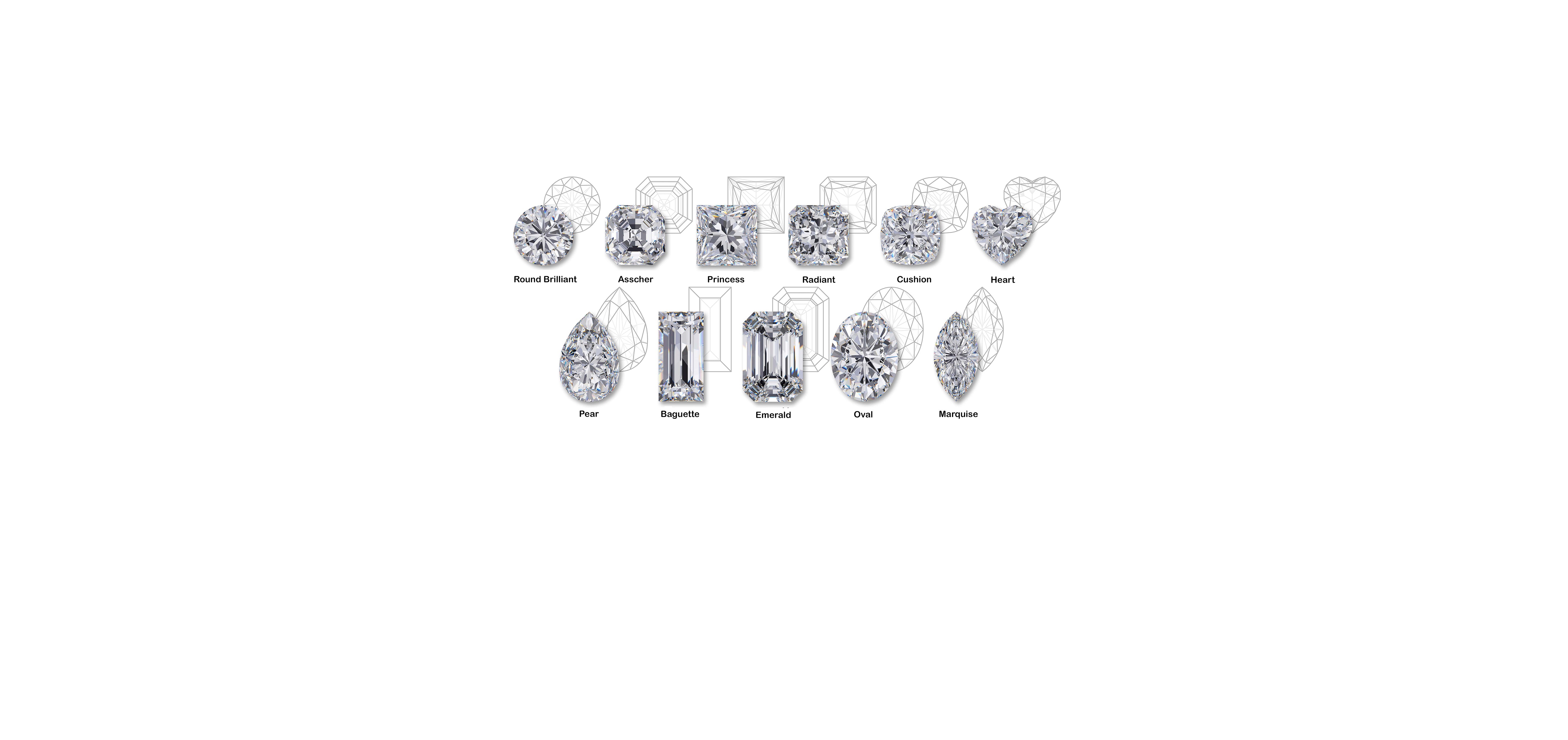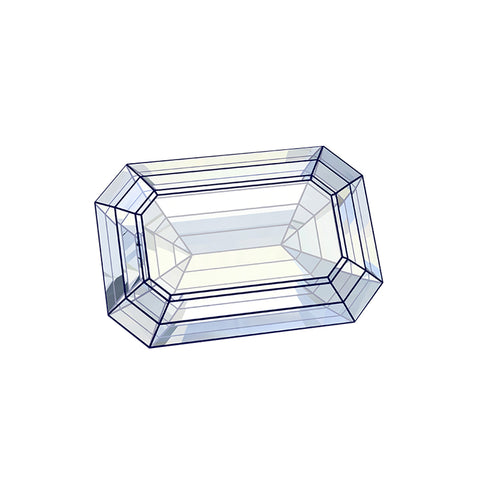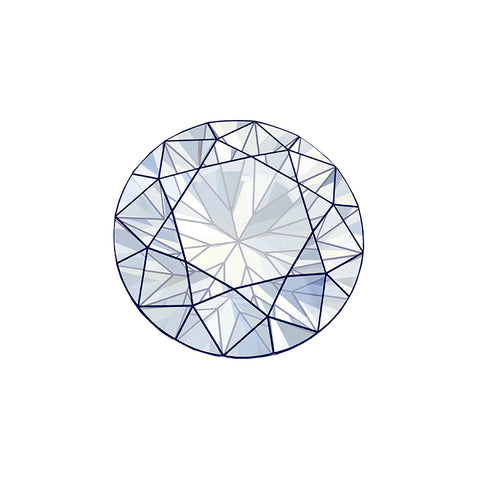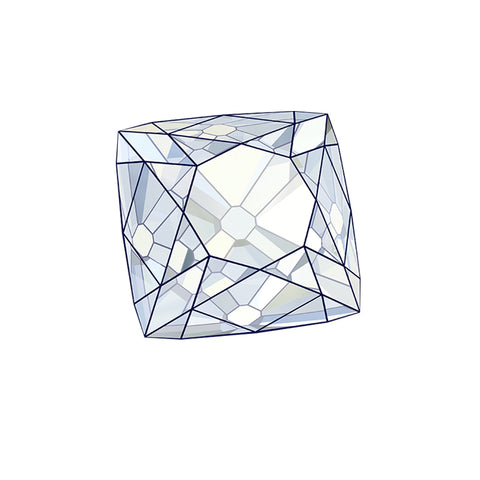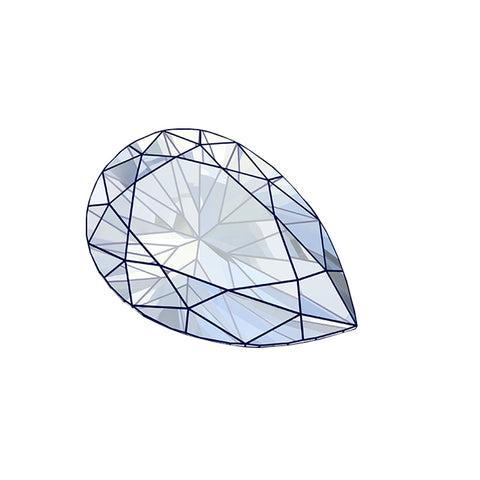Diamonds & Gemstones
The Diamond
The most requested stone for an engagement ring has to be a diamond. Being the hardest material on earth makes it the perfect stone to be worn everyday for the rest of your life. Diamonds however, aren’t the only stones we like to work with. We work closely with a selection of the finest gemstones dealers in the country, selecting only the very best, ethically sourced stones. We will take time to explain to our clients what stone is suitable for their needs, based on hardness (Mohs scale), value and overall appearance.
Clarity
Few things in nature are absolutely perfect. This is as true of diamonds as anything else. Diamonds have internal features, called inclusions, and surface irregularities, called blemishes. Together, they’re called clarity characteristics. Clarity is the relative absence of inclusions and blemishes. Among other things, blemishes include scratches and nicks on a diamond’s surface. Inclusions are generally on the inside, and some might break the surface of the stone. Sometimes, tiny diamond or other mineral crystals are trapped inside a diamond when it forms. Depending on where they’re located, they might remain after the stone has been cut and polished, and they can affect a diamond’s appearance.
Colour
Diamonds come in many colours. Diamonds that range from colourless to light yellow and brown fall within the normal colour range. Within that range, colourless diamonds are the most rare and so the most valuable. They set the standard for grading and pricing other diamonds in the normal colour range. Many diamonds emit a visible light called fluorescence when they’re exposed to ultraviolet (UV) radiation. Although invisible to the human eye, UV radiation is everywhere. Sunlight contains it. Fluorescent lights emit it, too. Under the right conditions, you can see fluorescence in about 35 percent of gem diamonds. Blue is the most common fluorescent colour in gem-quality diamonds. In rare instances, fluorescence can be white, yellow, orange, or many other colours.
Cut
A diamond’s proportions determine how light performs when it enters the diamond. If light enters through the crown and goes out through the pavilion, the diamond will look dark and unattractive. Diamonds with different proportions and good polish make better use of the light, and will be bright, colourful, and scintillating. A beautiful diamond looks the way it does because of three optical effects: white light reflections called brightness, flashes of colour called fire, and areas of light and dark called scintillation. Pattern is the relative size, arrangement, and contrast of bright and dark areas that result from a diamond’s internal and external reflections. There must be enough contrast between the bright and dark areas to give the pattern a crisp, sharp look.
Carat
Many goods are sold by weight—by the kilogram, ounce, pound, or ton. Even people who have never bought a diamond are used to the idea that weight and price are related. They understand that a larger diamond is probably more valuable than a smaller one. But there are two things that often surprise people when they start learning about diamonds and carat weight. The first is the precision with which diamonds are weighed. Diamond weights are stated in metric carats, abbreviated “ct.” One metric carat is two-tenths (0.2) of a gram—just over seven thousandths (0.007) of an ounce. One ounce contains almost 142 carats. A small paper clip weighs about a carat. The metric carat is divided into 100 points. A point is one hundredth of a carat. Diamonds are weighed to a thousandth (0.001) of a carat and then rounded to the nearest hundredth, or point. Fractions of a carat can mean price differences of hundreds—even thousands—of pounds, depending on diamond quality.
The
Gemstone
A gemstone (also called a gem, fine gem, jewel, precious stone, or semi-precious stone) is a piece of mineral crystal which, in cut and polished form and is used in the making of jewellery or other adornments. However, certain rocks (such as lapis lazuli and opal) and occasionally organic materials that are not minerals (such as amber, jet, and pearl) are also used for jewellery and are therefore often considered to be gemstones as well. Most gemstones are hard, but some soft minerals are used in jewellery because of their luster or other physical properties that have aesthetic value. Rarity is another characteristic that lends value to a gemstone.
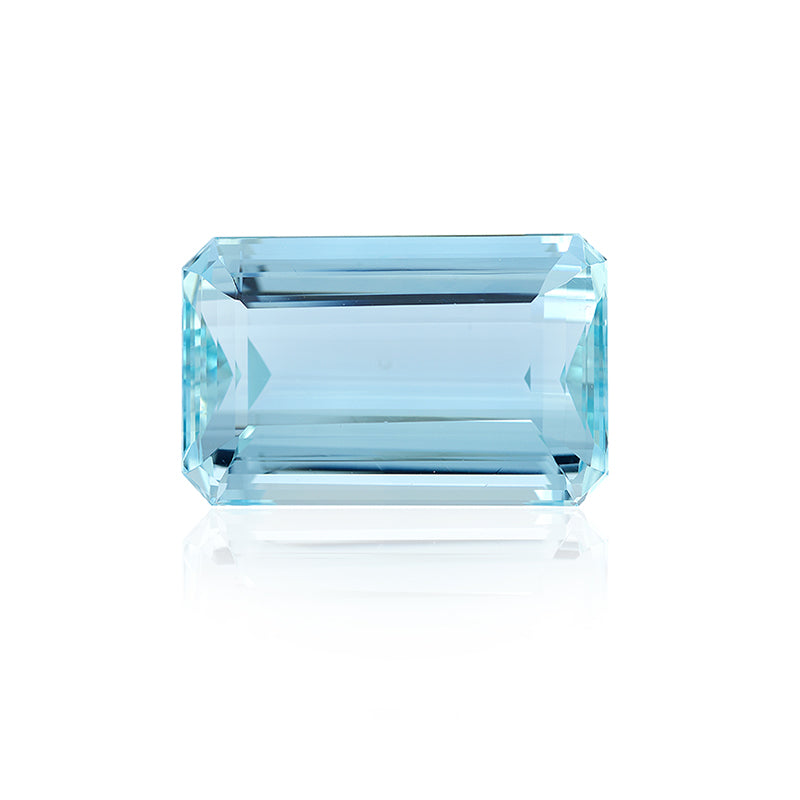
Aquamarine
Aquamarine’s name comes from the Latin for seawater and it was said to calm waves and keep sailors safe at sea. March’s birthstone was also thought to enhance the happiness of marriages. The best gems combine high clarity with limpid transparency and blue to slightly greenish blue hues. Like many beryls, aquamarine forms large crystals suitable for sizable fashioned gems and carvings. Aquamarine rates a 7.5 to 8 on the Mohs hardness scale
Create your own ⟶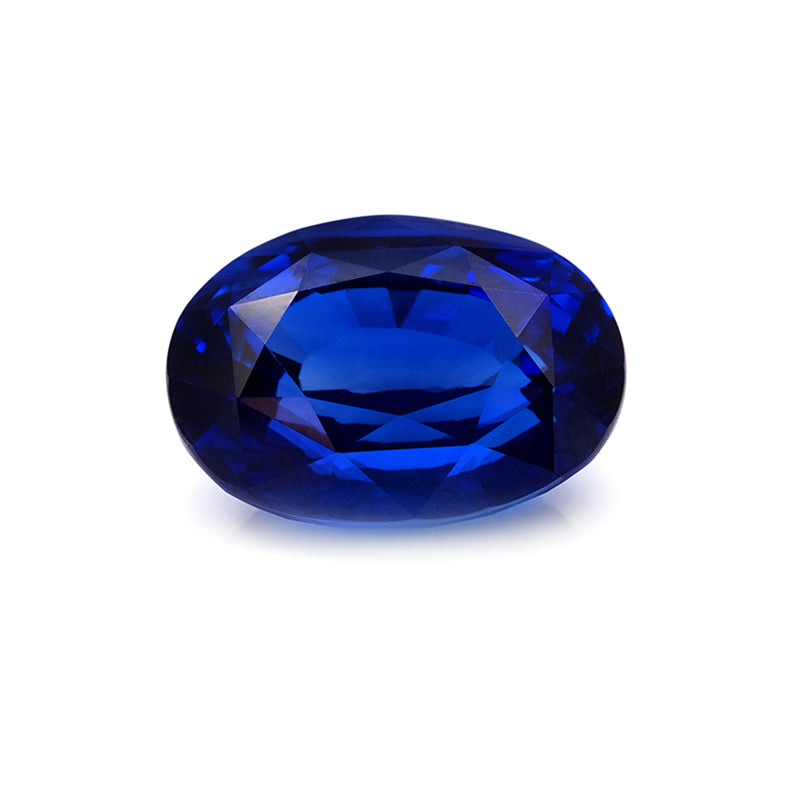
Sapphire
Besides blue sapphire and ruby, the corundum family also includes so-called “fancy sapphires.” They come in violet, green, yellow, orange, pink, purple, and intermediate hues. Some stones exhibit the phenomenon known as colour change, most often going from blue in daylight or fluorescent lighting to purple under incandescent light. Sapphires can even be gray, black, or brown. Sapphire rates a 9 on the Mohs hardness scale
Create your own ⟶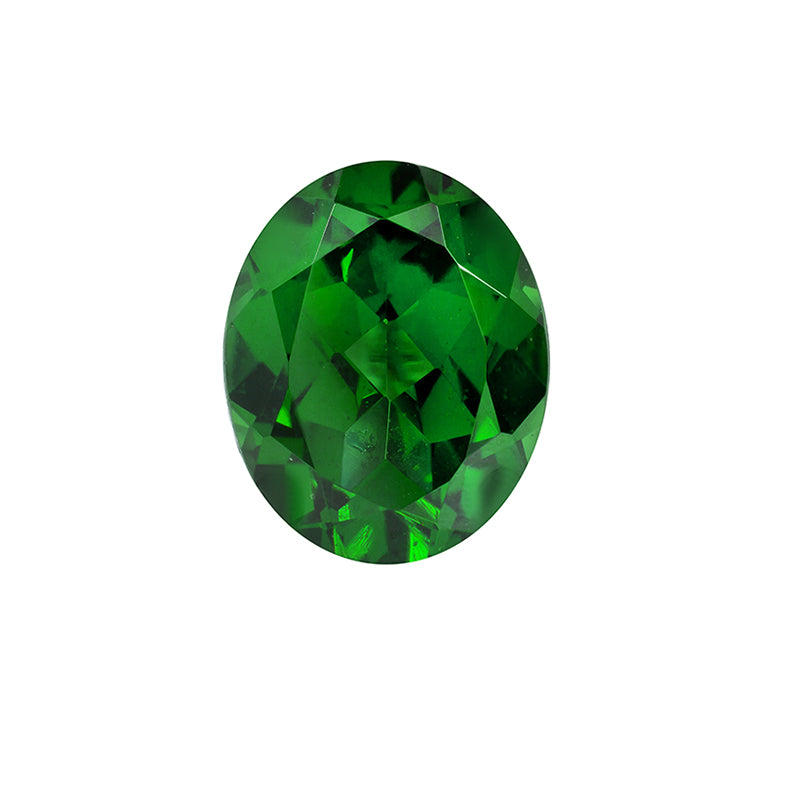
Emerald
Gem experts differ on the degree of green that makes one stone an emerald and another stone a less-expensive green beryl. Most gemologists, gemological laboratories, and colored stone dealers call a stone green beryl when its colour is “too light” for it to be classified as emerald. Even among that group, however, there’s a difference of opinion about what’s considered “too light.” Emerald rates a 7.5 to 8 on the Mohs hardness scale
Create your own ⟶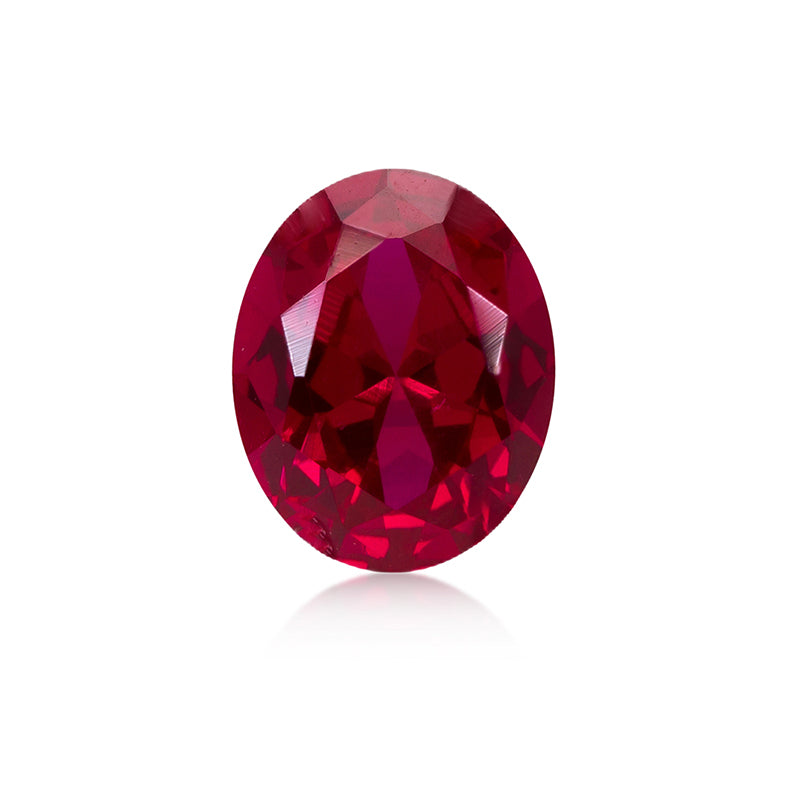
Ruby
Rubies can command the highest per-carat price of any colored stone. This makes ruby one of the most important gems in the coloured stone market. In its purest form, the mineral corundum is colourless. Trace elements that become part of the mineral’s crystal structure cause variations in its colour. Chromium is the trace element that causes ruby’s red colour. Ruby rates a 9 on the Mohs hardness scale
Create your own ⟶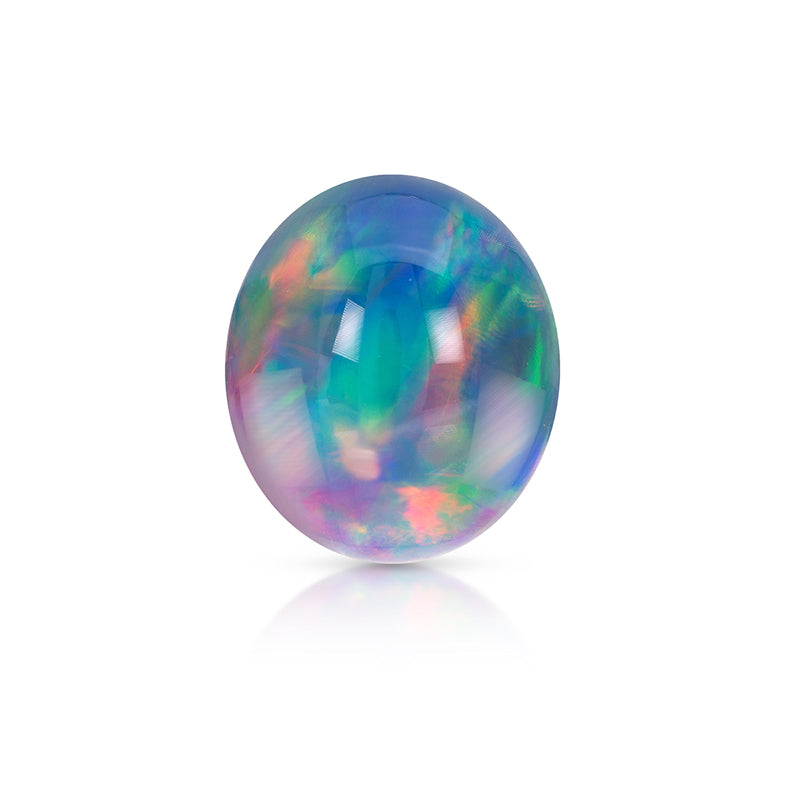
Opal
Because opal has the colours of other gems, the Romans thought it was the most precious and powerful of all. The Bedouins believed that opals contained lightning and fell from the sky during thunderstorms. When Australia’s mines began to produce opals commercially in the 1890s, it quickly became the world’s primary source for this October birthstone. Opal rates a 5.5 to 6.5 on the Mohs hardness scale
Create your own ⟶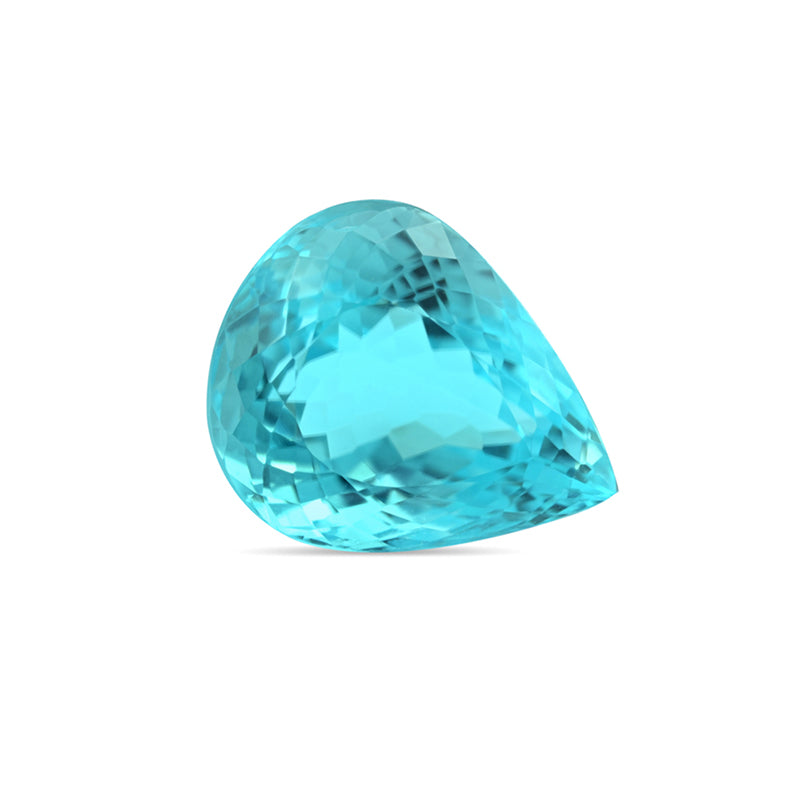
Tourmaline (Paraiba)
Tourmalines not only show every hue of the rainbow, but also an incredible range of colour saturations and tones—from expensive electric blues to affordable olive greens. Tourmalines have a variety of exciting colours with one of the widest colour ranges of any gems. Tourmaline rates a 7 to 7.5 on the Mohs hardness scale
Create your own ⟶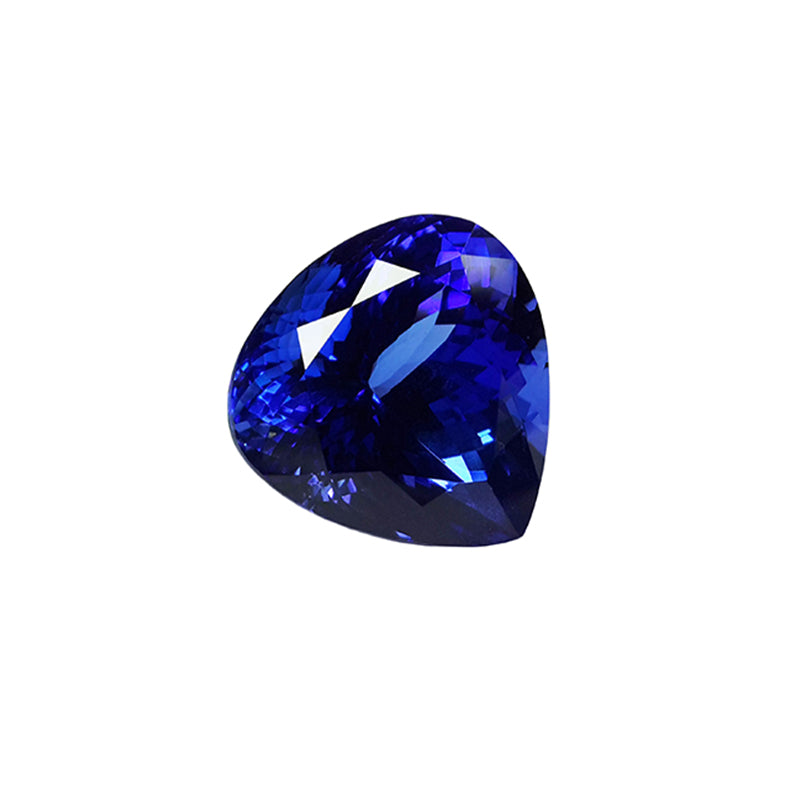
Tanzanite
Found in just one place on earth, tanzanite is a relatively recent discovery. Tiffany & Co named this blue-violet variety of zoisite in honor of Tanzania, where it was first unearthed in 1967. Because the crystals show different colours depending on the viewing direction, cutters can fashion gems with a range of colour from violetish blue to bluish violet depending on how much weight they want to retain from the rough. Tanzanite rates a 6 to 7 on the Mohs hardness scale
Create your own ⟶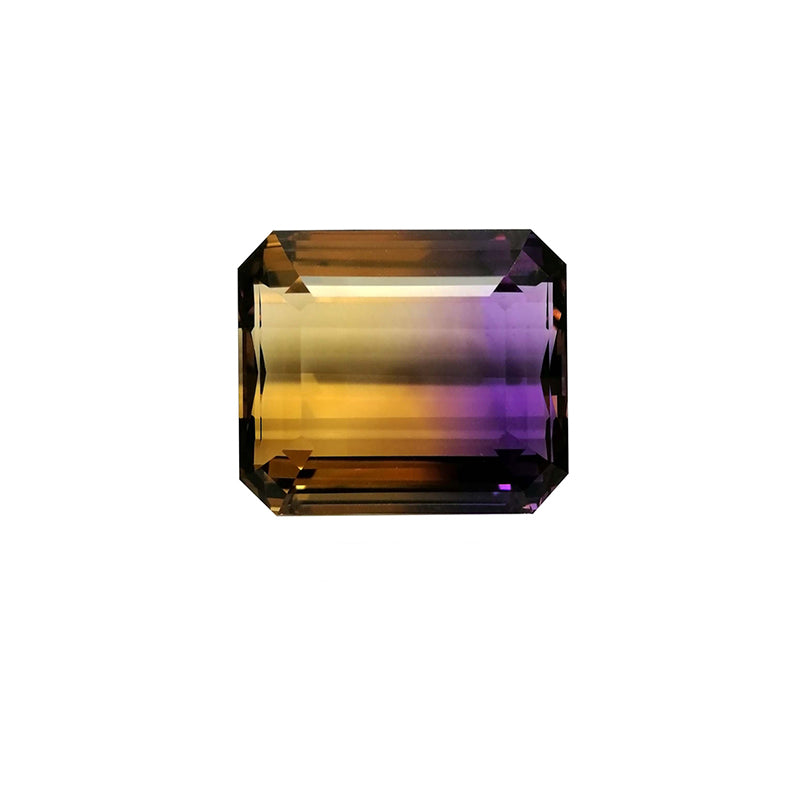
Ametrine
Transparent, bicolored quartz with the colours of both amethyst and citrine in the same gem is called ametrine or amethyst-citrine. The contrasting colors give it an intriguing appearance. Fine ametrine shows medium dark to moderately strong orange, and vivid to strong purple or violetish purple. Larger gems, usually those over 5 carats, tend to show the most intensely saturated hues. Dealers look for an attractive half-and-half distribution of each colour, with a sharp boundary between the two colours at the center of the fashioned gemstone. Ametrine rates a 7 on the Mohs hardness scale
Create your own ⟶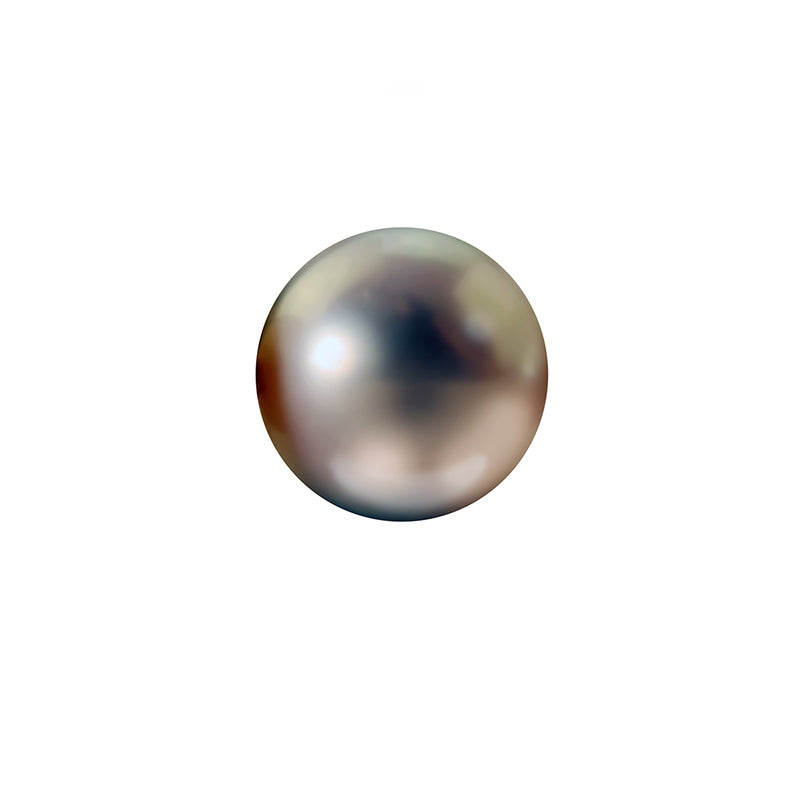
Pearl
Perhaps the best-loved gems of all time, pearls—natural and cultured—occur in a wide variety of colours. The most familiar are white and cream, but the palette of colors extends to every hue. Natural pearls form around a microscopic irritant in the bodies of certain mollusks. Cultured pearls are the result of the deliberate insertion of a bead or piece of tissue that the mollusk coats with nacre. Pearl rates a 2.5 on the Mohs hardness scale
Create your own ⟶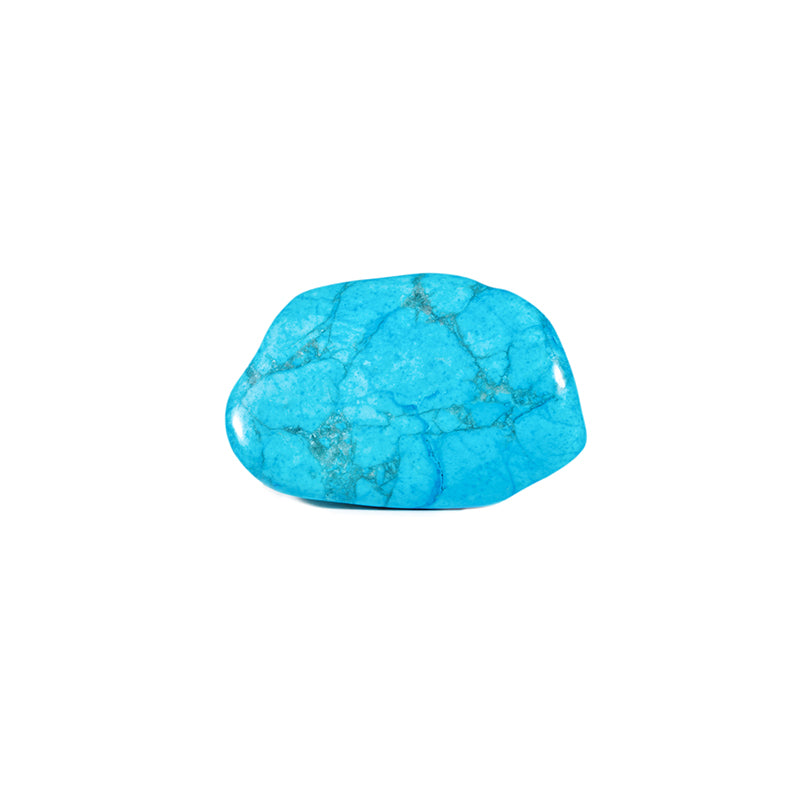
Turquoise
Turquoise is found in only a few places on earth: dry and barren regions where acidic, copper-rich groundwater seeps downward and reacts with minerals that contain phosphorus and aluminum. The result of this sedimentary process is a porous, semitranslucent to opaque compound of hydrated copper and aluminum phosphate. Turquoise rates a 5 to 6 on the Mohs hardness scale
Create your own ⟶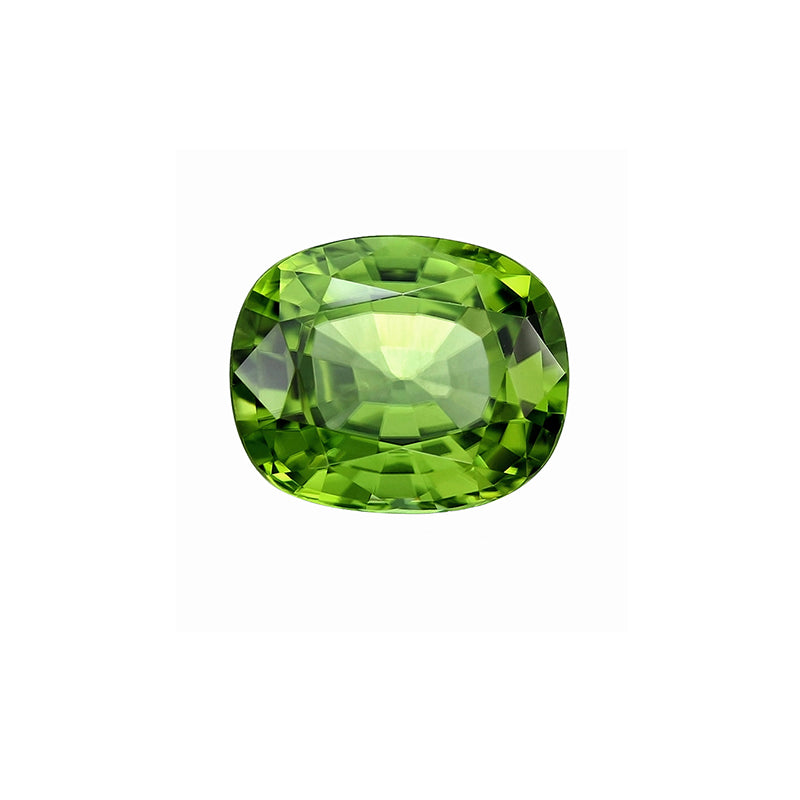
Peridot
The ancient Egyptians mined peridot on the Red Sea island of Zabargad, the source for many large fine peridots in the world’s museums. The Egyptians called it the “gem of the sun.” Today this gem is still prized for its restful yellowish green hues and long history. Large strongly-colored, examples can be spectacular, and attractive smaller gems are available for jewelry at all price points. Peridot rates a 6.5 to 7 on the Mohs hardness scale
Create your own ⟶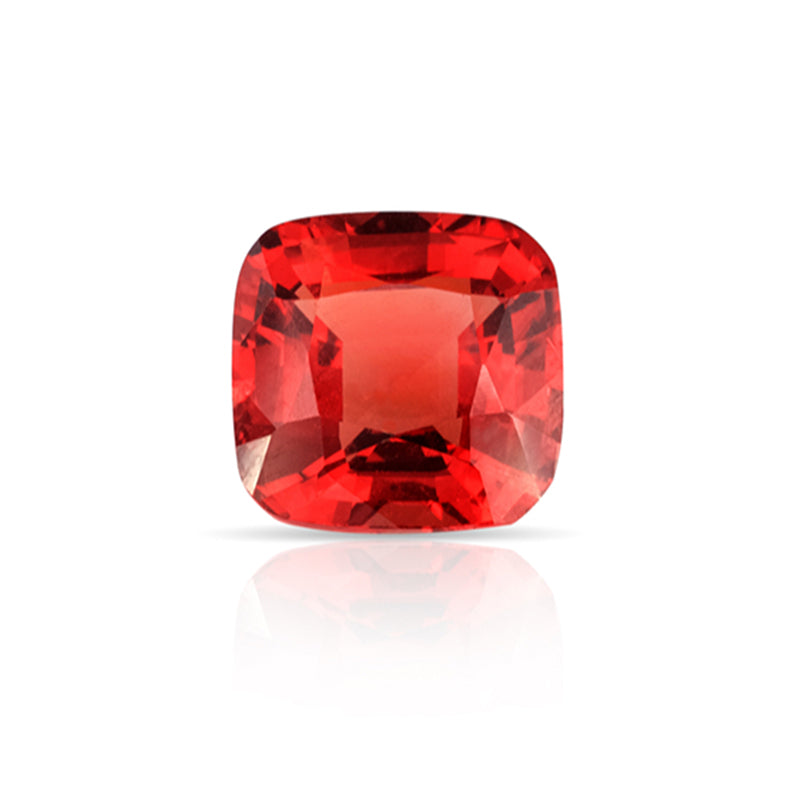
Spinel
Until recently, spinel was an underappreciated gem with little consumer recognition. Increasing demand for ruby alternatives rekindled appreciation for spinel’s rich red colour and history. In ancient times, southeast Asia’s mines yielded exceptional large spinel crystals, which became the treasured property of kings and emperors, often passing through many hands as spoils of war. Spinel rates a 8 on the Mohs hardness scale
Create your own ⟶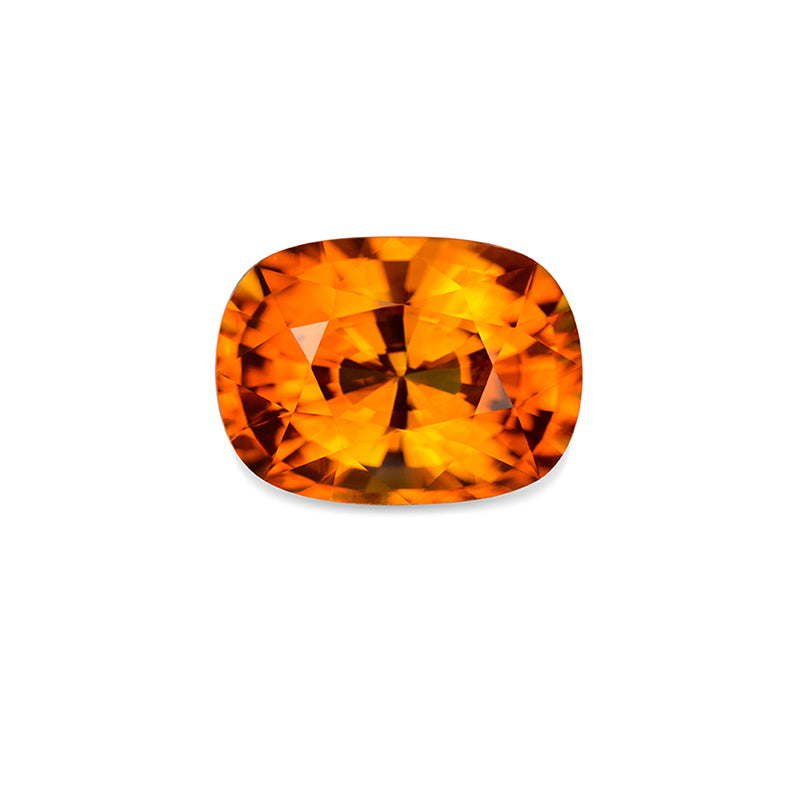
Citrine
Citrine is rare in nature. In the days before modern gemology, its tawny colour caused it to be confused with topaz. Today, its attractive colour, plus the durability and affordability it shares with most other quartzes, makes it the top-selling yellow-to-orange gem. In the contemporary market, citrine’s most popular shade is an earthy, deep, brownish or reddish orange. Citrine rates a 7 on the Mohs hardness scale
Create your own ⟶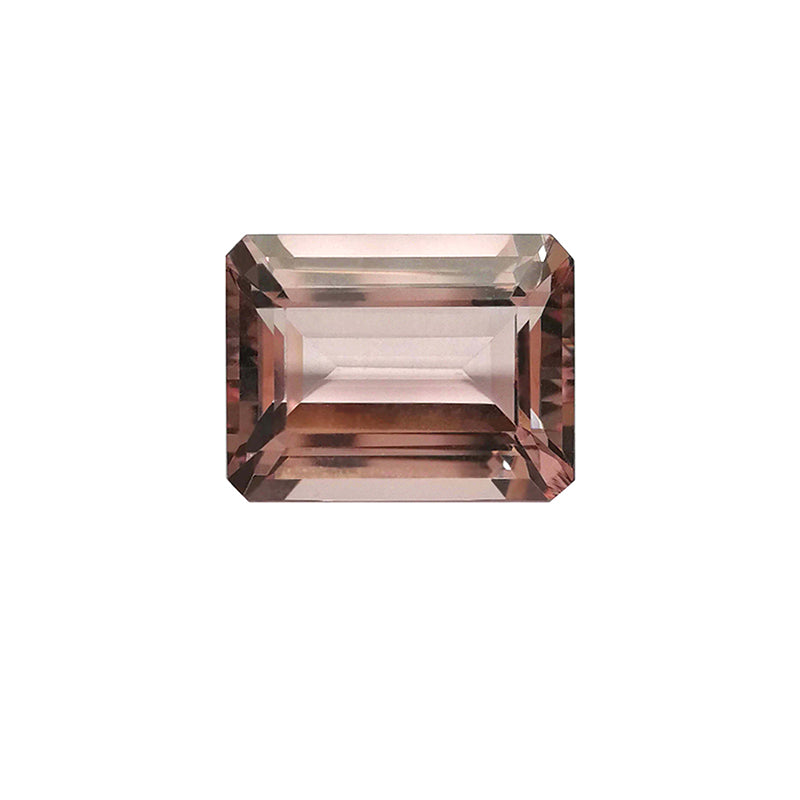
Morganite
Morganite’s subtle colour is caused by traces of manganese. Because morganite has distinct pleochroism—pale pink and a deeper bluish pink—it’s necessary to orient the rough carefully for fashioning. Strong colour in morganite is rare, and gems usually have to be large to achieve the finest colour. Morganite rates a 7.5 to 8 on the Mohs hardness scale
Create your own ⟶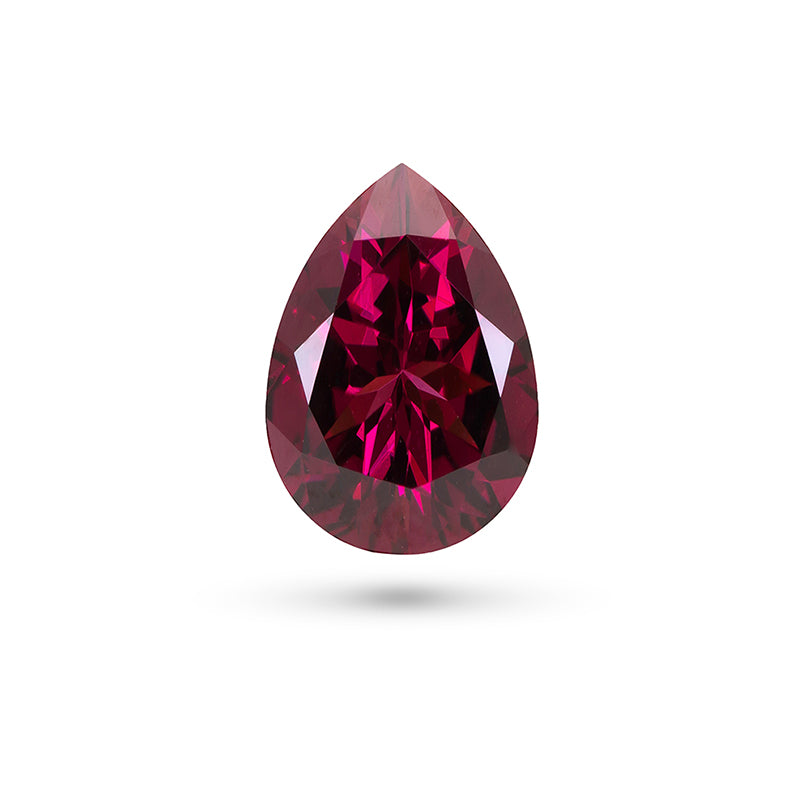
Garnet
Red garnets have a long history, but modern gem buyers can pick from a rich palette of garnet colours: greens, oranges, pinkish oranges, deeply saturated purplish reds, and even some blues. Red garnet is one of the most common and widespread of gems. But not all garnets are as abundant as the red ones. A green garnet, tsavorite, is rarer and needs rarer rock chemistries and conditions to form. Garnet rates a 6.5 to 7.5 on the Mohs hardness scale
Create your own ⟶Aquamarine
Aquamarine’s name comes from the Latin for seawater and it was said to calm waves and keep sailors safe at sea. March’s birthstone was also thought to enhance the happiness of marriages. The best gems combine high clarity with limpid transparency and blue to slightly greenish blue hues. Like many beryls, aquamarine forms large crystals suitable for sizable fashioned gems and carvings. Aquamarine rates a 7.5 to 8 on the Mohs hardness scale
Create your own ⟶Sapphire
Besides blue sapphire and ruby, the corundum family also includes so-called “fancy sapphires.” They come in violet, green, yellow, orange, pink, purple, and intermediate hues. Some stones exhibit the phenomenon known as colour change, most often going from blue in daylight or fluorescent lighting to purple under incandescent light. Sapphires can even be gray, black, or brown. Sapphire rates a 9 on the Mohs hardness scale
Create your own ⟶Emerald
Gem experts differ on the degree of green that makes one stone an emerald and another stone a less-expensive green beryl. Most gemologists, gemological laboratories, and colored stone dealers call a stone green beryl when its colour is “too light” for it to be classified as emerald. Even among that group, however, there’s a difference of opinion about what’s considered “too light.” Emerald rates a 7.5 to 8 on the Mohs hardness scale
Create your own ⟶Ruby
Rubies can command the highest per-carat price of any colored stone. This makes ruby one of the most important gems in the coloured stone market. In its purest form, the mineral corundum is colourless. Trace elements that become part of the mineral’s crystal structure cause variations in its colour. Chromium is the trace element that causes ruby’s red colour. Ruby rates a 9 on the Mohs hardness scale
Create your own ⟶Opal
Because opal has the colours of other gems, the Romans thought it was the most precious and powerful of all. The Bedouins believed that opals contained lightning and fell from the sky during thunderstorms. When Australia’s mines began to produce opals commercially in the 1890s, it quickly became the world’s primary source for this October birthstone. Opal rates a 5.5 to 6.5 on the Mohs hardness scale
Create your own ⟶Tourmaline (Paraiba)
Tourmalines not only show every hue of the rainbow, but also an incredible range of colour saturations and tones—from expensive electric blues to affordable olive greens. Tourmalines have a variety of exciting colours with one of the widest colour ranges of any gems. Tourmaline rates a 7 to 7.5 on the Mohs hardness scale
Create your own ⟶Tanzanite
Found in just one place on earth, tanzanite is a relatively recent discovery. Tiffany & Co named this blue-violet variety of zoisite in honor of Tanzania, where it was first unearthed in 1967. Because the crystals show different colours depending on the viewing direction, cutters can fashion gems with a range of colour from violetish blue to bluish violet depending on how much weight they want to retain from the rough. Tanzanite rates a 6 to 7 on the Mohs hardness scale
Create your own ⟶Ametrine
Transparent, bicolored quartz with the colours of both amethyst and citrine in the same gem is called ametrine or amethyst-citrine. The contrasting colors give it an intriguing appearance. Fine ametrine shows medium dark to moderately strong orange, and vivid to strong purple or violetish purple. Larger gems, usually those over 5 carats, tend to show the most intensely saturated hues. Dealers look for an attractive half-and-half distribution of each colour, with a sharp boundary between the two colours at the center of the fashioned gemstone. Ametrine rates a 7 on the Mohs hardness scale
Create your own ⟶Pearl
Perhaps the best-loved gems of all time, pearls—natural and cultured—occur in a wide variety of colours. The most familiar are white and cream, but the palette of colors extends to every hue. Natural pearls form around a microscopic irritant in the bodies of certain mollusks. Cultured pearls are the result of the deliberate insertion of a bead or piece of tissue that the mollusk coats with nacre. Pearl rates a 2.5 on the Mohs hardness scale
Create your own ⟶Turquoise
Turquoise is found in only a few places on earth: dry and barren regions where acidic, copper-rich groundwater seeps downward and reacts with minerals that contain phosphorus and aluminum. The result of this sedimentary process is a porous, semitranslucent to opaque compound of hydrated copper and aluminum phosphate. Turquoise rates a 5 to 6 on the Mohs hardness scale
Create your own ⟶Peridot
The ancient Egyptians mined peridot on the Red Sea island of Zabargad, the source for many large fine peridots in the world’s museums. The Egyptians called it the “gem of the sun.” Today this gem is still prized for its restful yellowish green hues and long history. Large strongly-colored, examples can be spectacular, and attractive smaller gems are available for jewelry at all price points. Peridot rates a 6.5 to 7 on the Mohs hardness scale
Create your own ⟶Spinel
Until recently, spinel was an underappreciated gem with little consumer recognition. Increasing demand for ruby alternatives rekindled appreciation for spinel’s rich red colour and history. In ancient times, southeast Asia’s mines yielded exceptional large spinel crystals, which became the treasured property of kings and emperors, often passing through many hands as spoils of war. Spinel rates a 8 on the Mohs hardness scale
Create your own ⟶Citrine
Citrine is rare in nature. In the days before modern gemology, its tawny colour caused it to be confused with topaz. Today, its attractive colour, plus the durability and affordability it shares with most other quartzes, makes it the top-selling yellow-to-orange gem. In the contemporary market, citrine’s most popular shade is an earthy, deep, brownish or reddish orange. Citrine rates a 7 on the Mohs hardness scale
Create your own ⟶Morganite
Morganite’s subtle colour is caused by traces of manganese. Because morganite has distinct pleochroism—pale pink and a deeper bluish pink—it’s necessary to orient the rough carefully for fashioning. Strong colour in morganite is rare, and gems usually have to be large to achieve the finest colour. Morganite rates a 7.5 to 8 on the Mohs hardness scale
Create your own ⟶Garnet
Red garnets have a long history, but modern gem buyers can pick from a rich palette of garnet colours: greens, oranges, pinkish oranges, deeply saturated purplish reds, and even some blues. Red garnet is one of the most common and widespread of gems. But not all garnets are as abundant as the red ones. A green garnet, tsavorite, is rarer and needs rarer rock chemistries and conditions to form. Garnet rates a 6.5 to 7.5 on the Mohs hardness scale
Create your own ⟶


